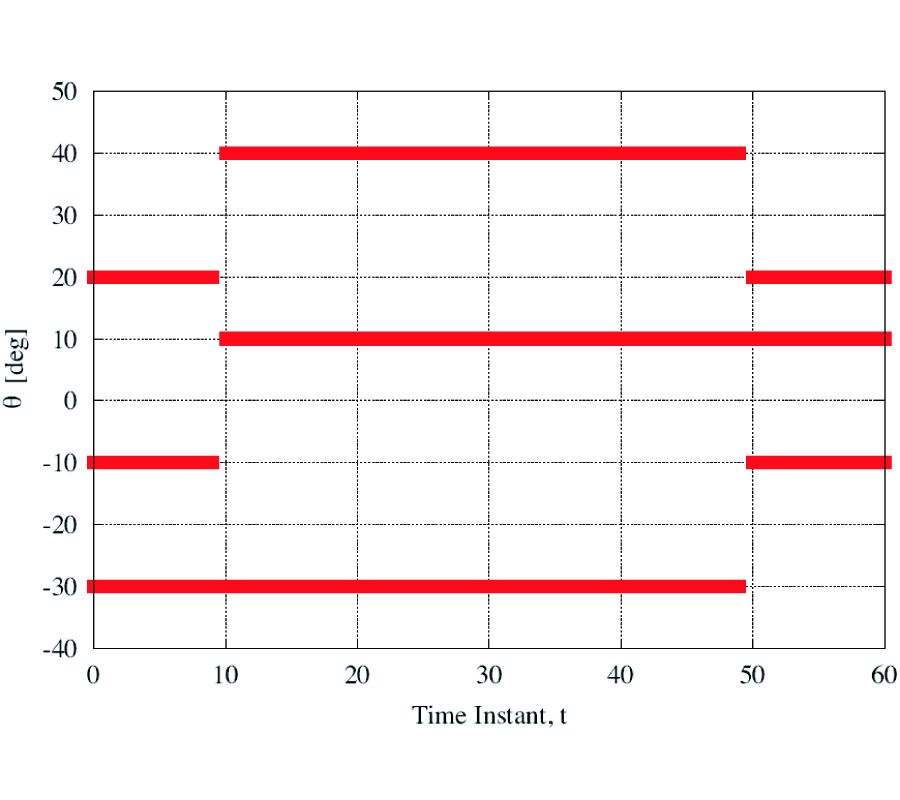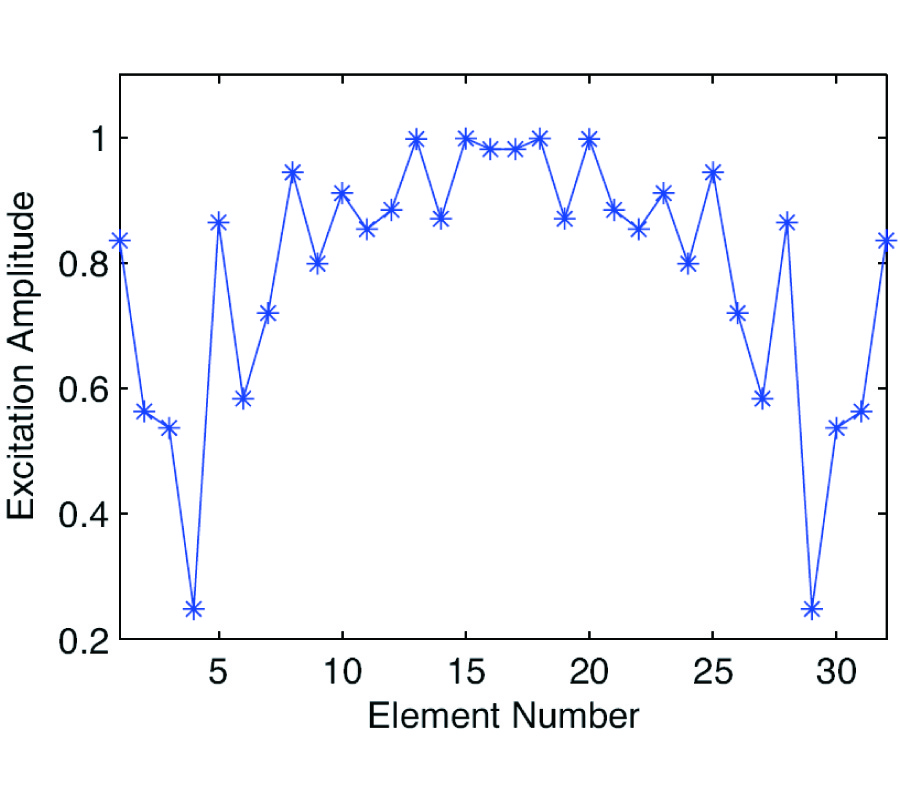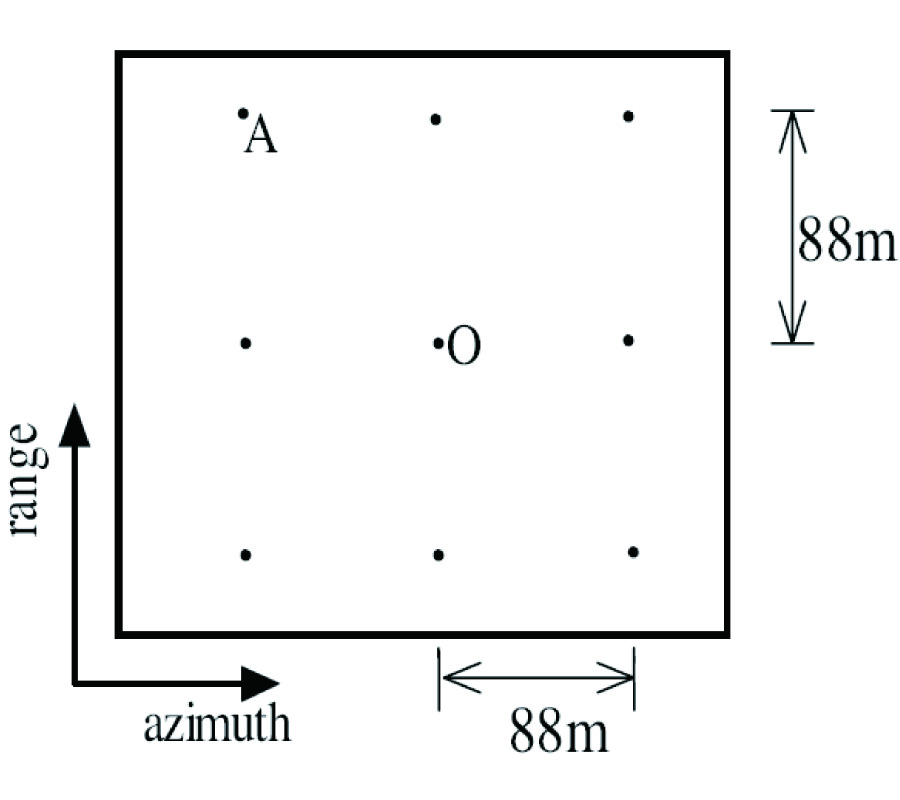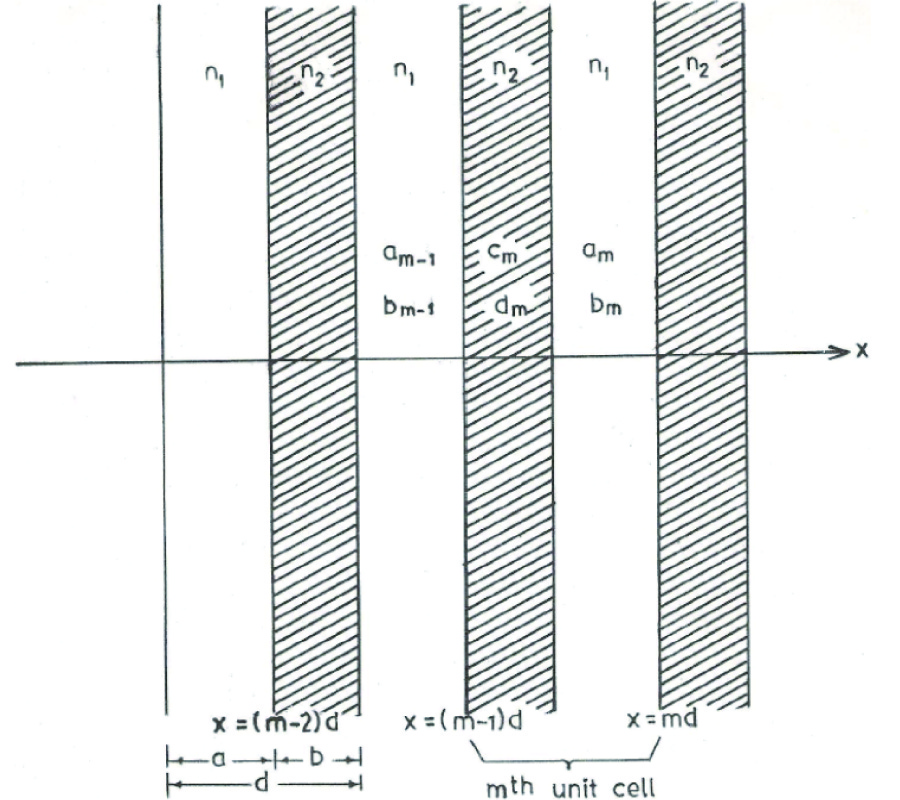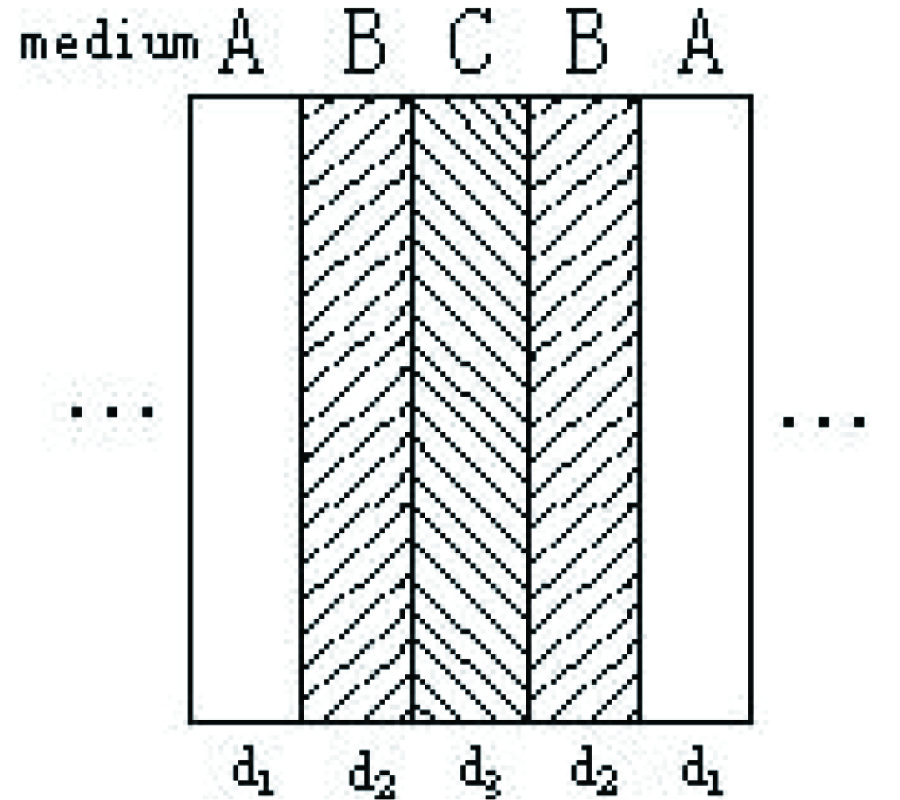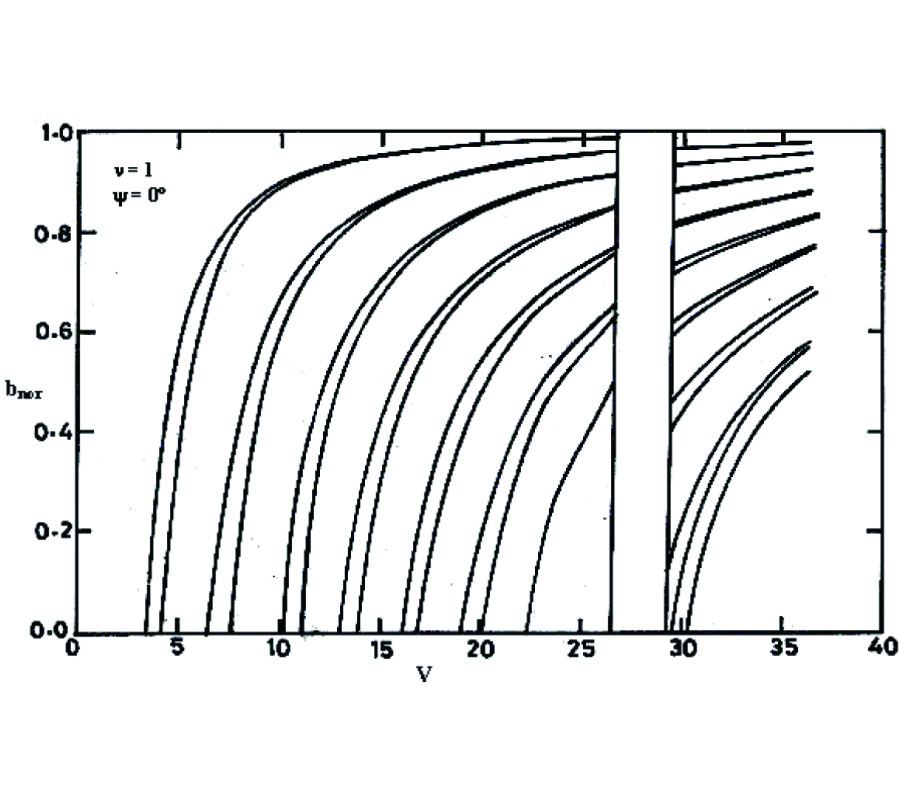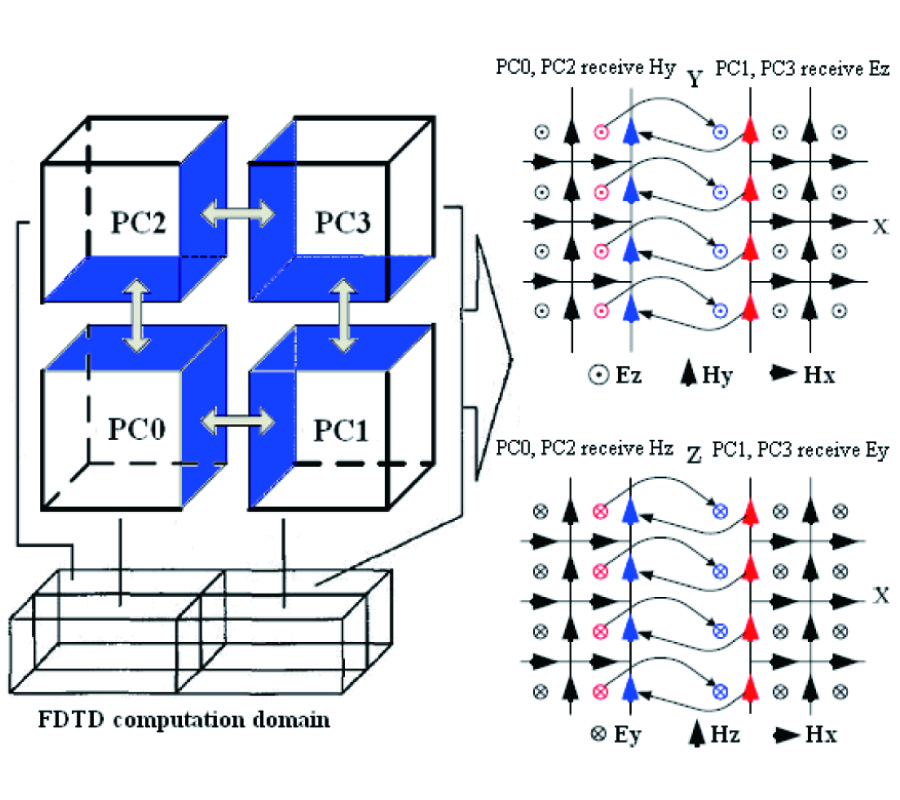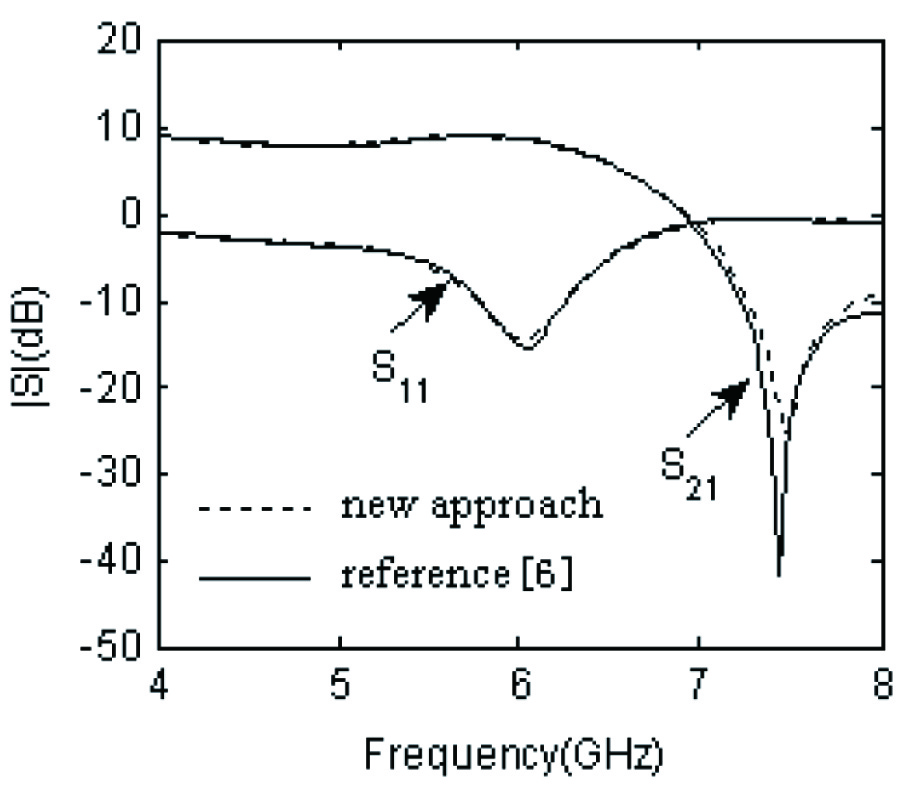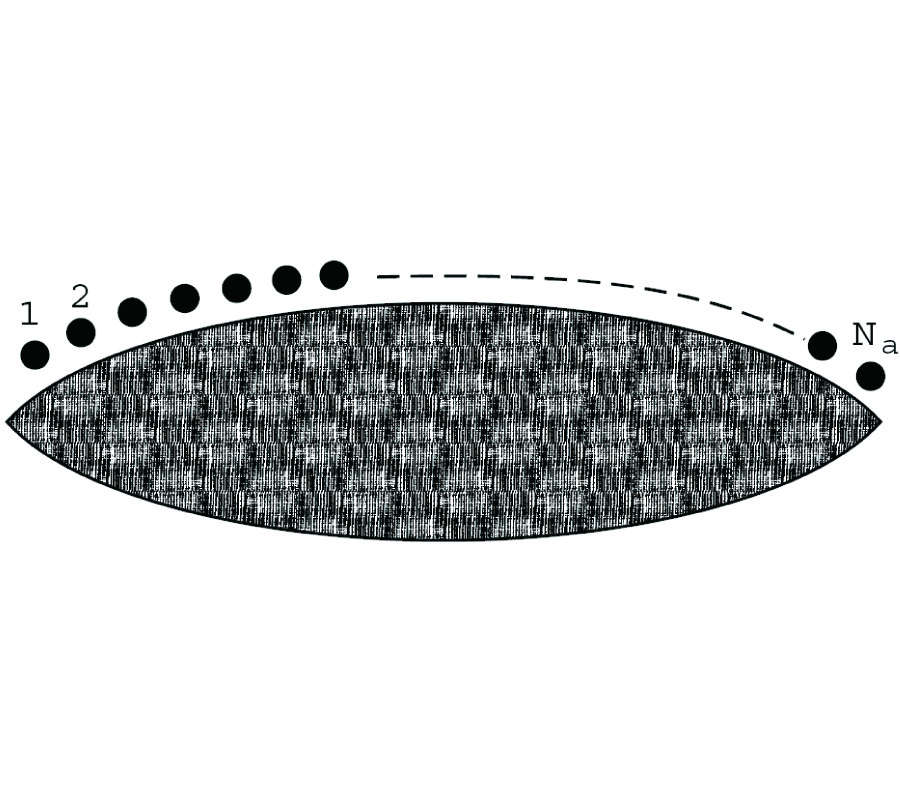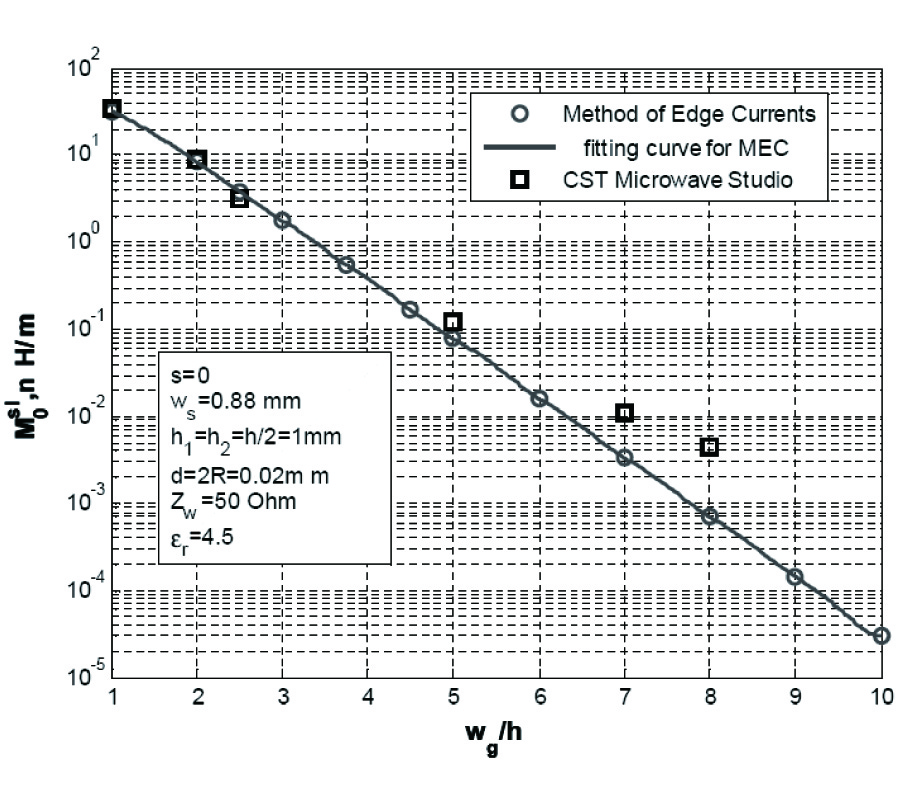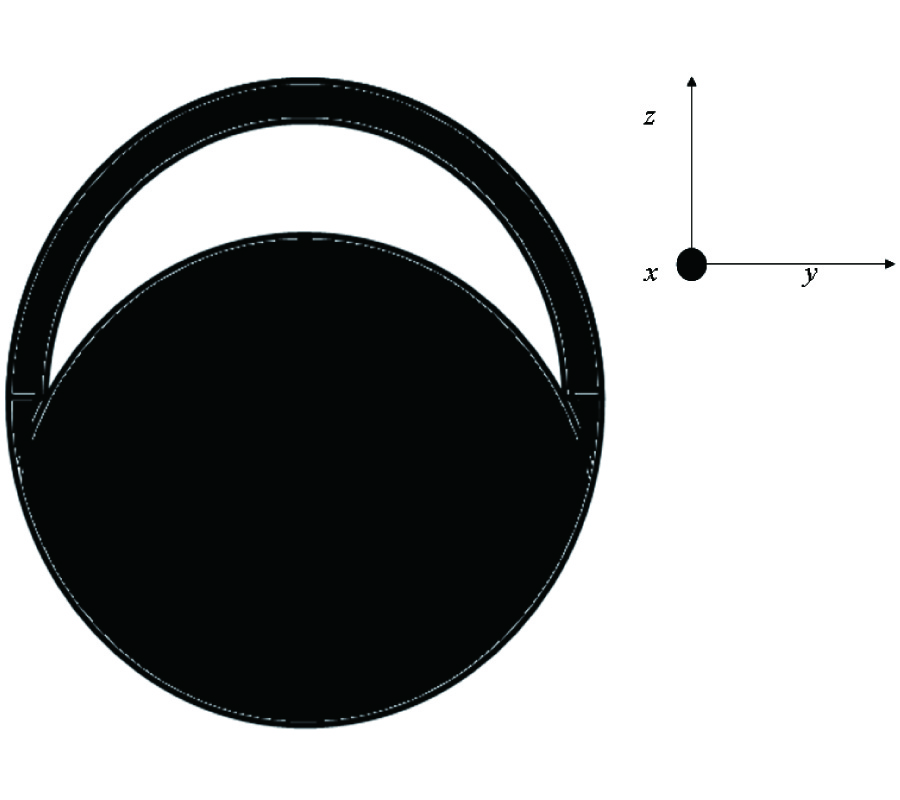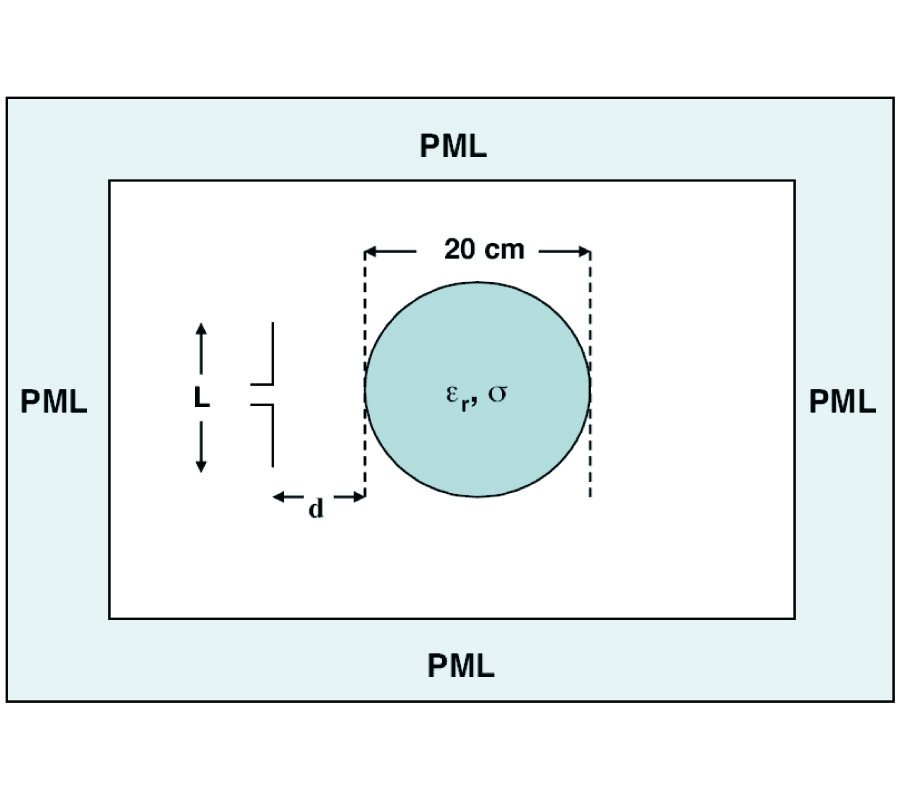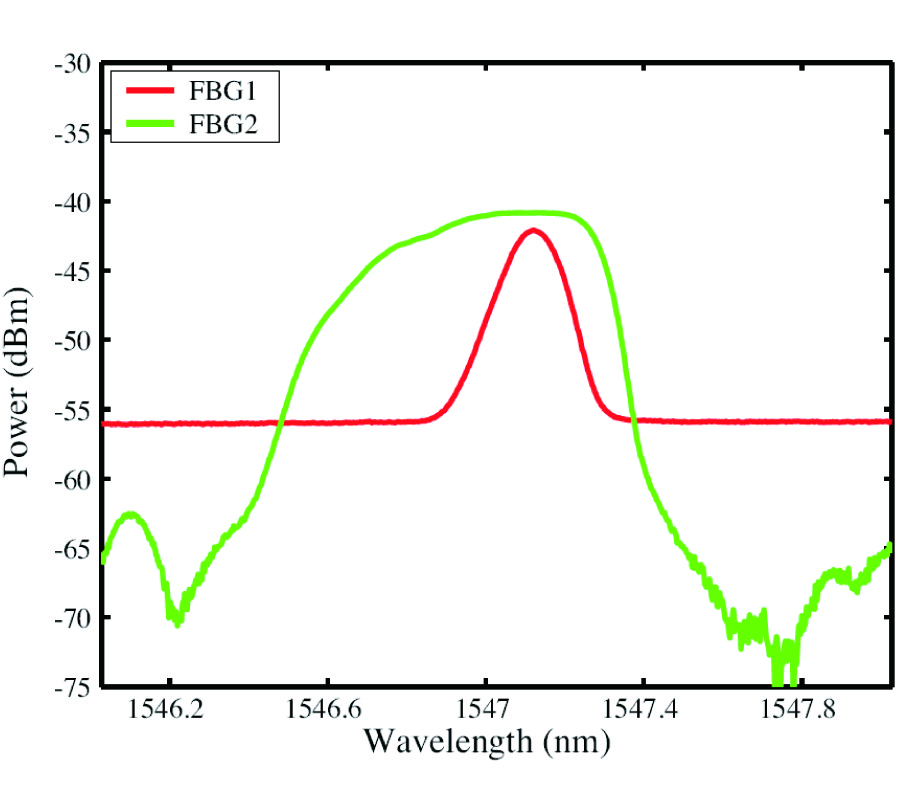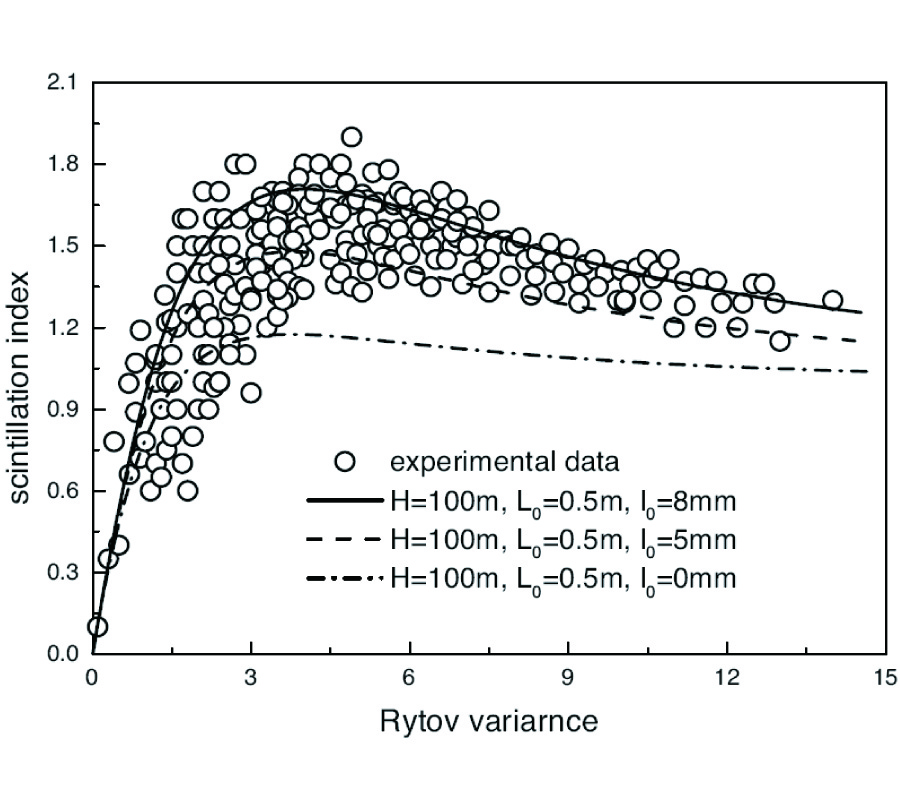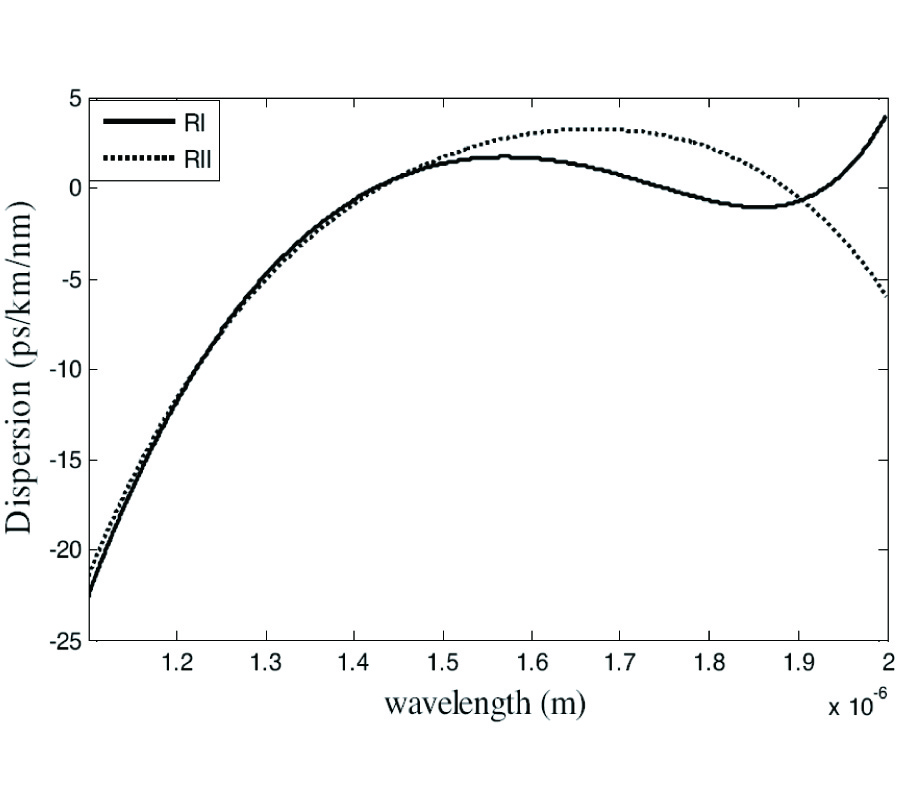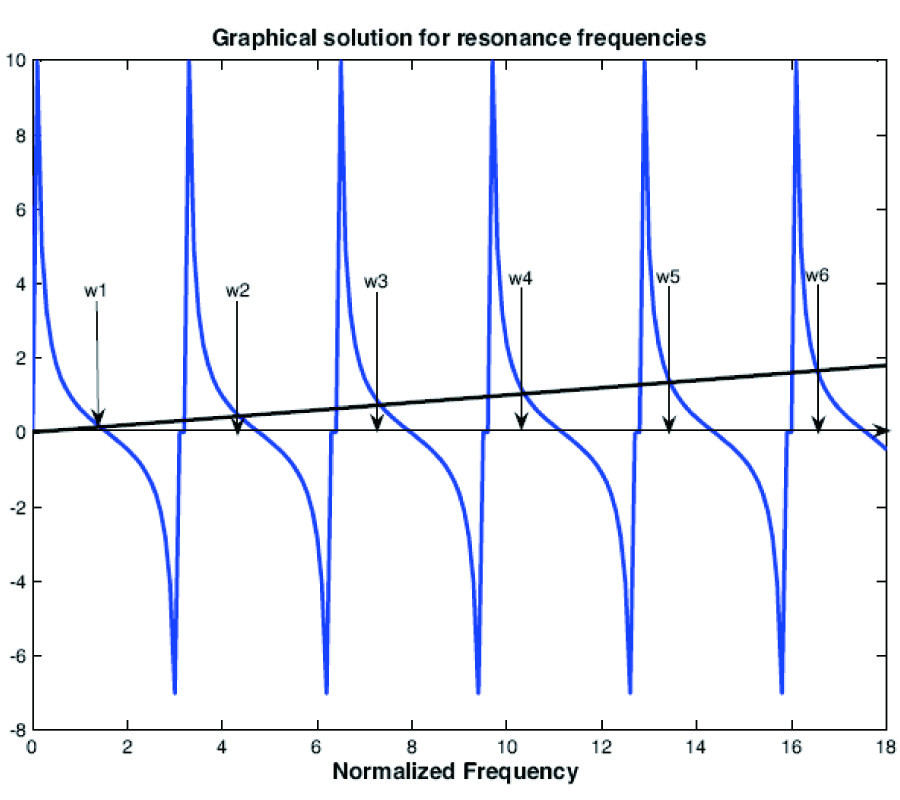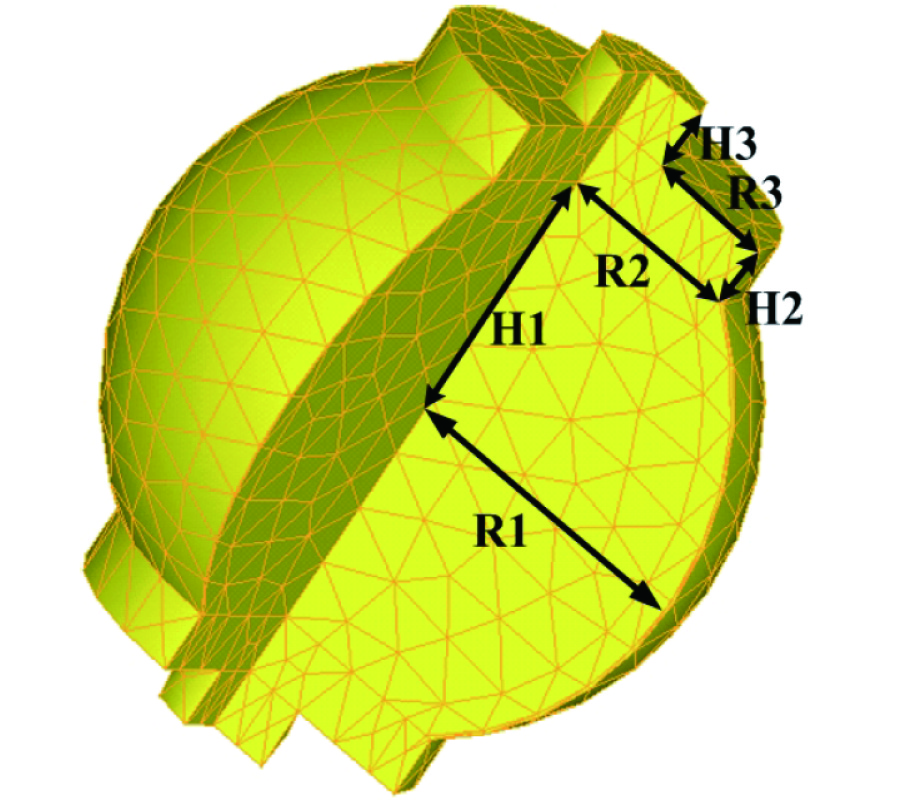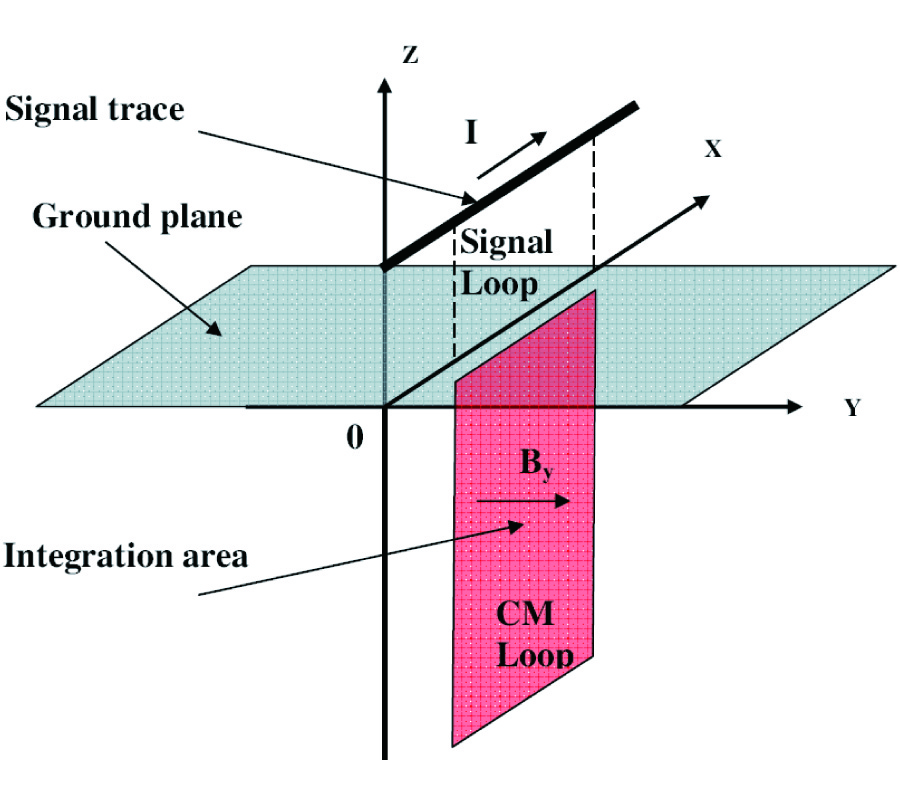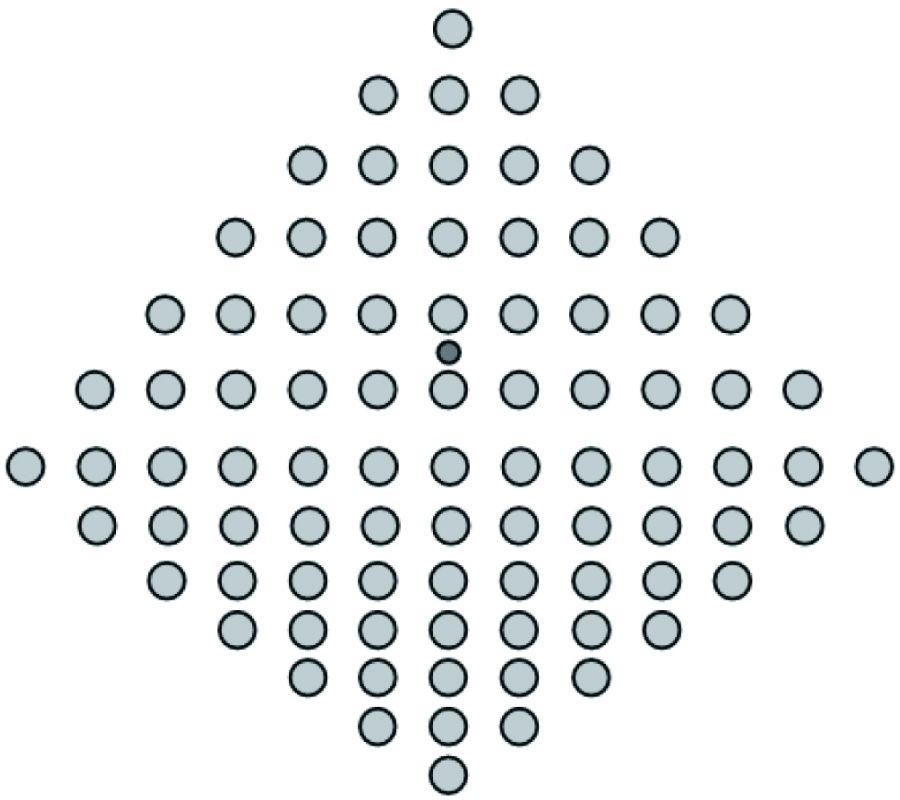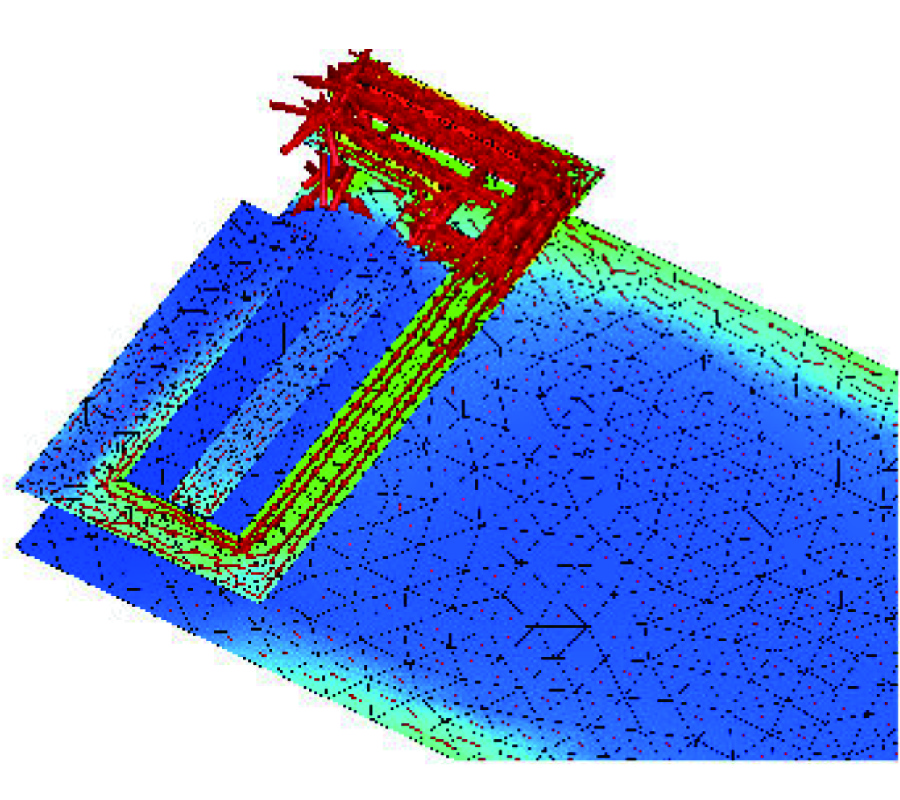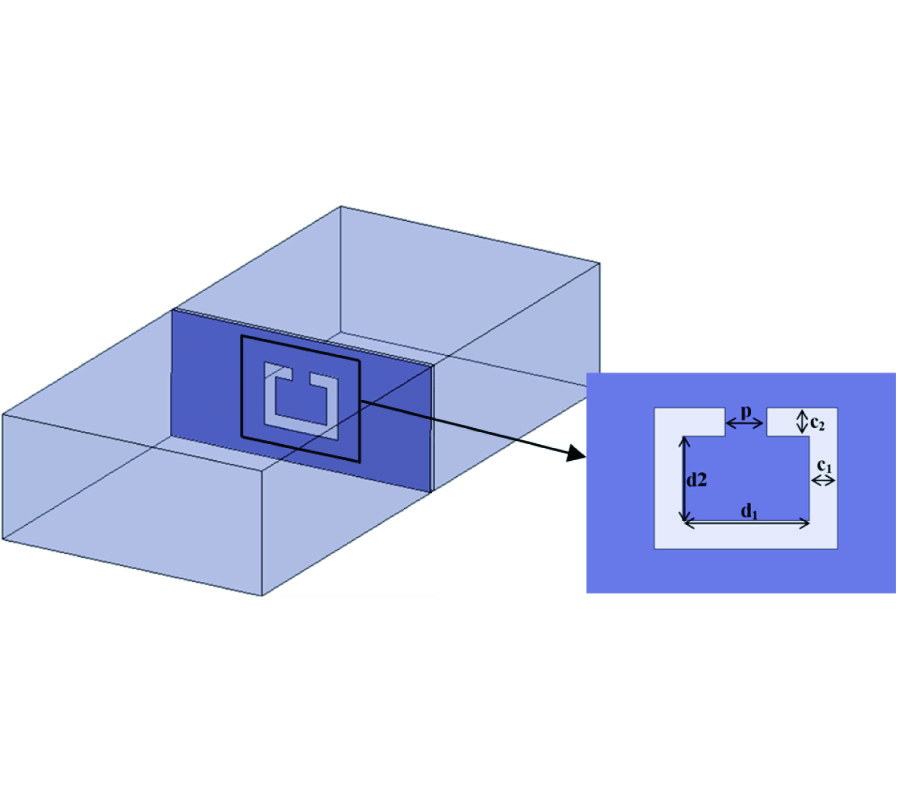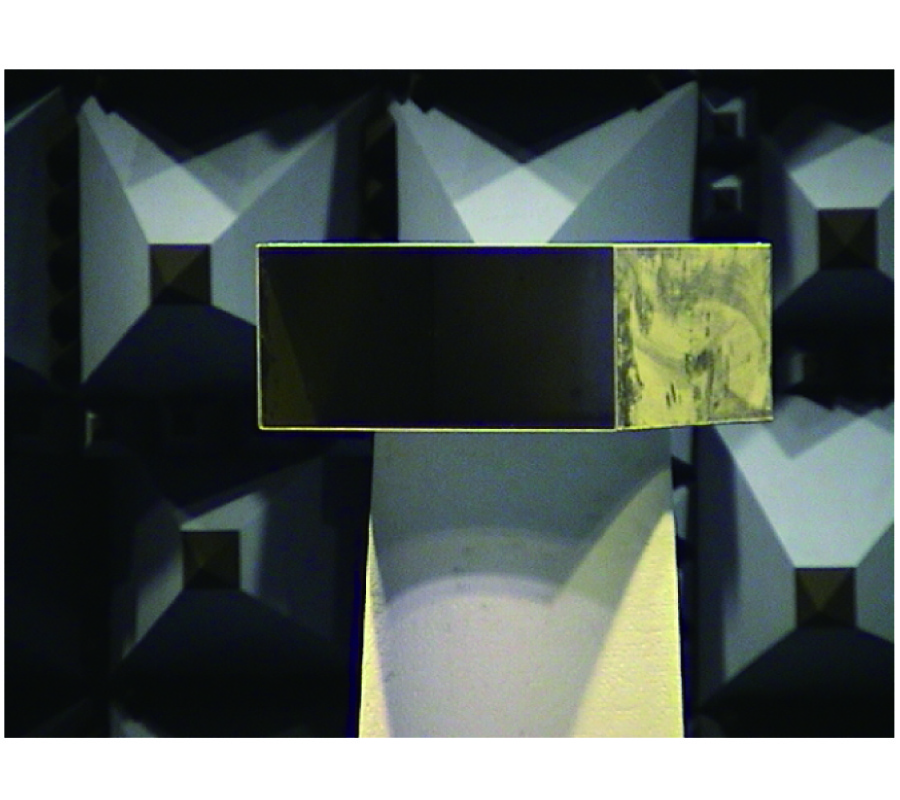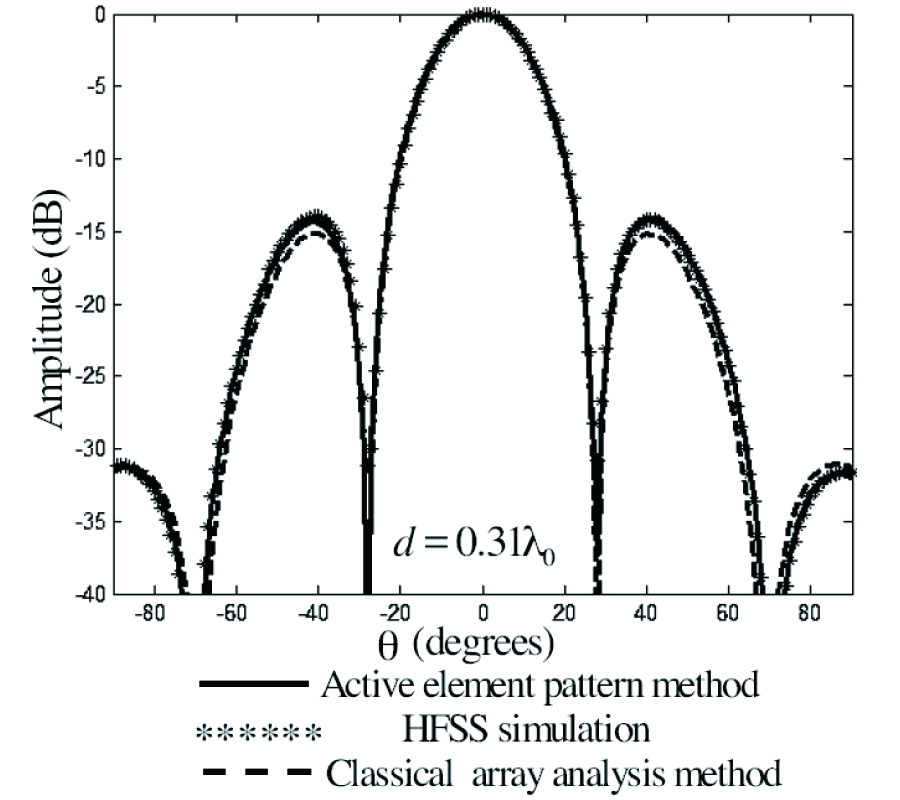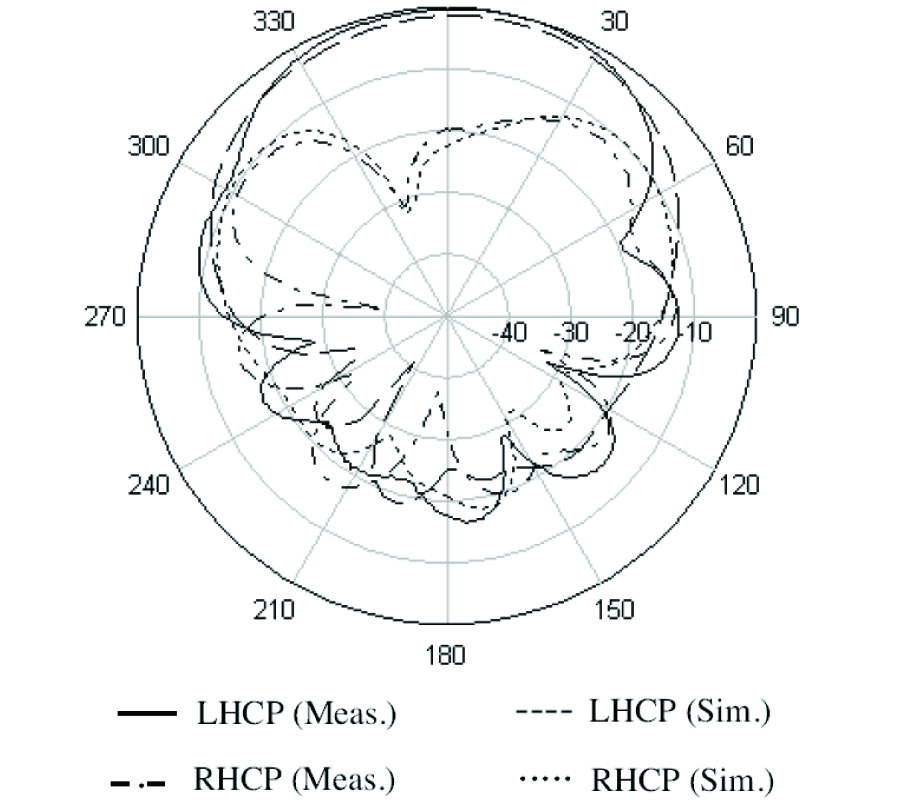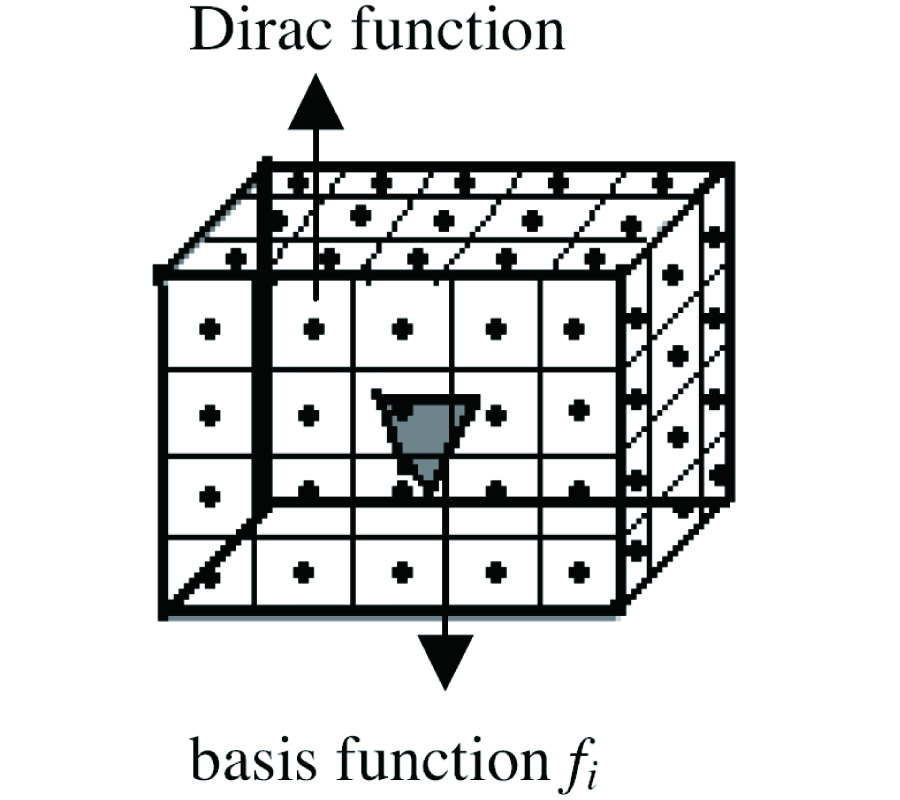Handset Antenna Design: Practice and Theory
Geyi Wen
,
Qinjiang Rao
,
Shirook M. Ali
and
Dong Wang
In this paper, an attempt is made to present a theory for the design of handset antennas, which results from the long experience that the authors have in the field of handset antenna design. The proposed theory is based on the well-known skin effect and constructs the antenna using a thin wire model that represent the backbone of the final antenna. The analytical solution for the thin wire model is first obtained, and the main properties (such as the return loss and the radiation properties) of the antenna can then be studied using this analytical solution. Once the antenna backbone is constructed, other elements, such as stubs, patches, etc., can be added to optimize the match at the desired frequency bands. A number of numerical and analytical examples are provided throughout the paper to validate the theory. Different antenna types, such as wire antennas and planar antennas, are tested and designed using the thin wire model. The correspondence between the analytical results and those from the numerical simulations using full-wave solvers agree very well in all examples. The authors also present in this paper a novel design of three small antennas for handset applications, which are based on the simple wire monopole, but in a three-dimensional form. The proposed three-dimensional monopole antennas have multi-band and broadband properties that cover most frequency bands being used for the handset device. The antennas feature remarkable properties while occupying a significantly small space, which makes them strong candidates for handset applications and for the future multi-antenna applications too. 1. INTRODUCTION
